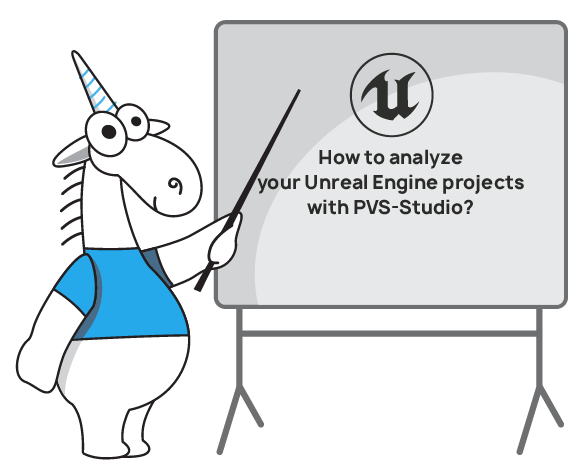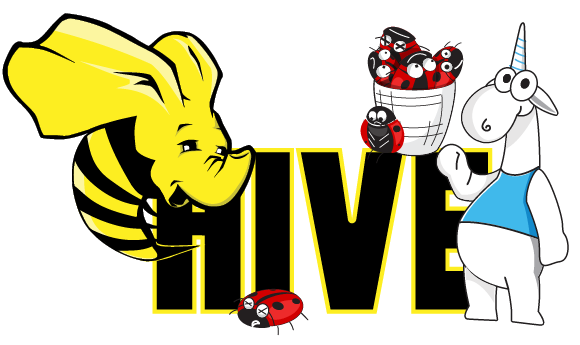 TL;DR
TL;DR: Client-server architecture of our internal configuration management tool, QControl.
At its basement, there’s a two-layered transport protocol working with gzip-compressed messages without decompression between endpoints. Distributed routers and endpoints receive the configuration updates, and the protocol itself makes it possible to install intermediary localized relays. It is based on a
differential backup (“recent-stable,” explained further) design and employs JMESpath query language and Jinja templating for configuration rendering.
Qrator Labs operates on and maintains a globally distributed mitigation network. Our network is anycast, based on announcing our subnets via BGP. Being a BGP anycast network physically located in several regions across the Earth makes it possible for us to process and filter illegitimate traffic closer to the Internet backbone — Tier-1 operators.
On the other hand, being a geographically distributed network bears its difficulties. Communication between the network points-of-presence (PoP) is essential for a security provider to have a coherent configuration for all network nodes and update it in a timely and cohesive manner. So to provide the best possible service for customers, we had to find a way to synchronize the configuration data between different continents reliably.
In the beginning, there was the Word… which quickly became communication protocol in need of an upgrade.






















 PVS-Studio supports analyzing projects developed in C, C++, C#, and Java. You can use the analyzer under Windows, Linux, and macOS. This small article will tell you the basics of analyzing C and C++ code in Linux environment.
PVS-Studio supports analyzing projects developed in C, C++, C#, and Java. You can use the analyzer under Windows, Linux, and macOS. This small article will tell you the basics of analyzing C and C++ code in Linux environment.